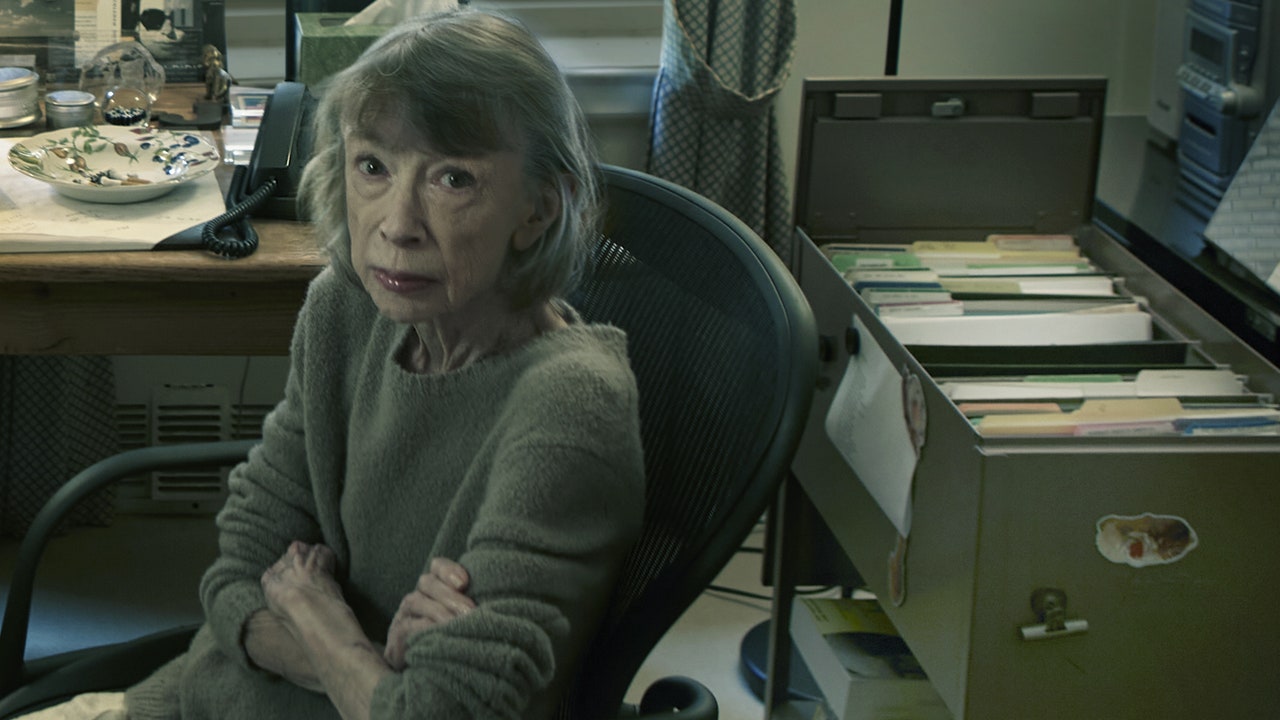It has an important first line; most Joan Didion books do:
“Re not taking Zoloft, I mentioned it made me really feel for about an hour after taking it that I’d misplaced my organizing precept, moderately like having a planters’ punch earlier than lunch within the tropics.”
That may very well be the dry, lambent utterance of any considered one of Didion’s fictional heroines, or a gap confession in considered one of her traditional essays. However Notes to John, which can be launched on Tuesday, April 22, after a run of prepublication media consideration not a lot seen anymore, is in contrast to every other Didion quantity ever revealed.
A brief (unsigned) preface initially explains its origins: “Shortly after Joan Didion died in 2021, a group of about 150 unnumbered pages was present in a small moveable file close to her desk.” These pages, which she by no means instructed her editor or writer about, make up a diary Didion saved by way of two years spent in remedy, between November 1999 and January 2002. (The pages exist within the Didion-Dunne archive on the New York Public Library.) Every entry describes intimately what she and her psychiatrist, the late Roger MacKinnon, talked about in classes. The entries are addressed to “you,” which is Didion’s husband, John Gregory Dunne, and the preface suggests because of this the pages—counterintuitively—have been supposed for others, given Dunne was himself in one of many classes: “so one can assume that the experiences weren’t merely for the aim of bringing him on top of things.”
Hmm. I learn Notes to John with rapt consideration and never a bit of queasiness, for there’s barely any of Didion’s behavior for misdirection in these pages, and solely glimpses of her steadily indirect type. The entries are plainspoken, blunt, and even a bit quotidian, dwelling as they do on the difficulties she was experiencing along with her grownup daughter, Quintana Roo Dunne (who was seeing her personal therapist and urged Didion get one too). Dunne and Didion adopted Quintana in 1966, and by 1999 the three have been in New York, the place Quintana was pursuing a profession in magazines (as her mom had at Vogue as soon as upon a time), working within the photograph division of Elle Decor. Quintana was additionally combating obvious alcoholism, which Didion addresses with undisguised anxiousness. “We weren’t positive, nevertheless it occurred to each of us that she had been consuming,” Didion writes. And later: “Perhaps…she’d reduce on consuming, if no one had ever referred to as her an alcoholic. Who defines a ‘true alcoholic’?”
It’s startling to learn such traces, particularly for those who’ve learn The Yr of Magical Pondering and Blue Nights, two magisterial works of Didion nonfiction that describe the terrible years that adopted this era: Dunne would die of a coronary heart assault in 2003 and Quintana would succumb to pancreatitis in 2005, on the age of 39. Each books are breathtakingly private as they relay these occasions, however in addition they go away gaps, occlusions. Blue Nights is preoccupied with dying and loss, however one is rarely fairly positive what precisely Quintana suffered from—and her consuming is barely briefly addressed.


